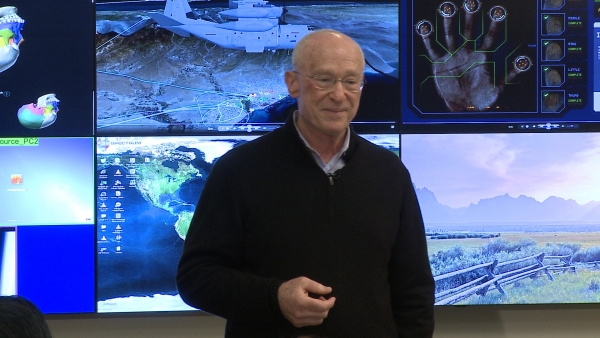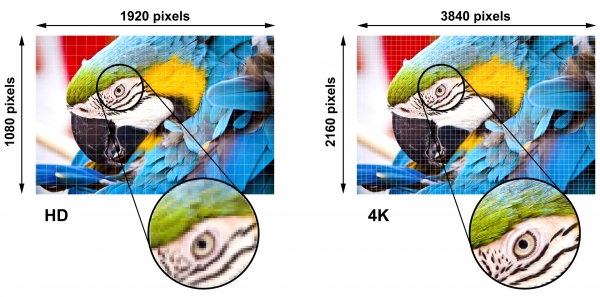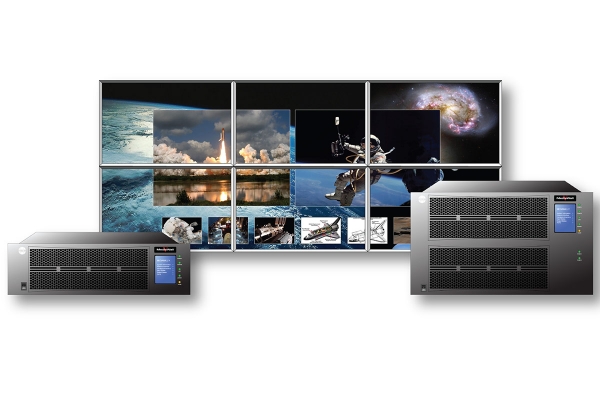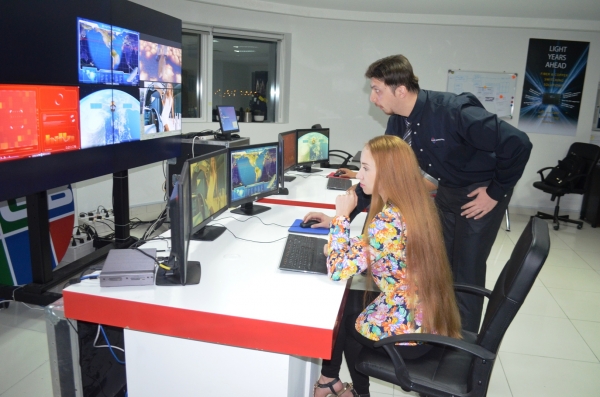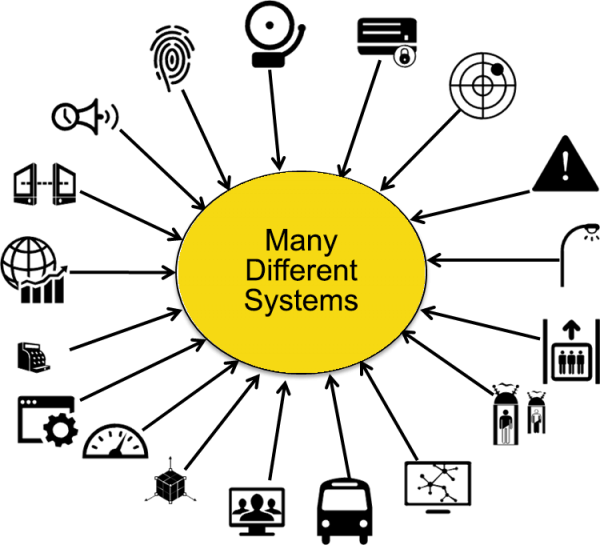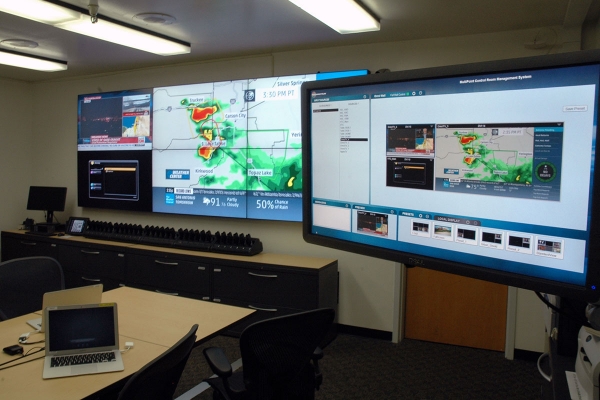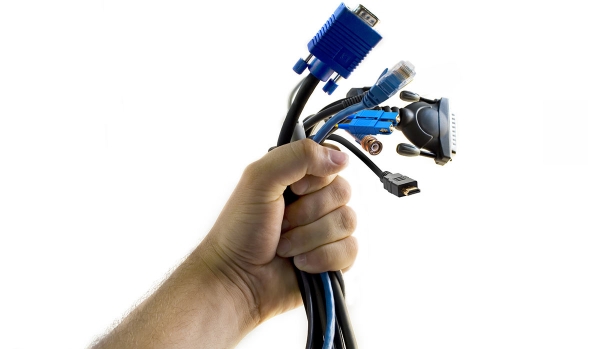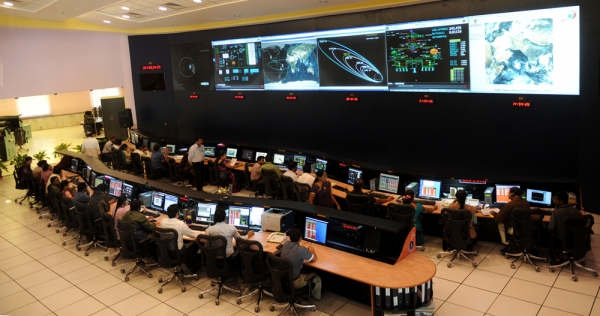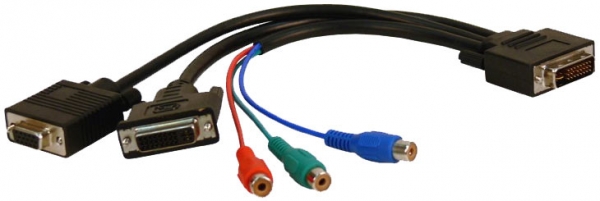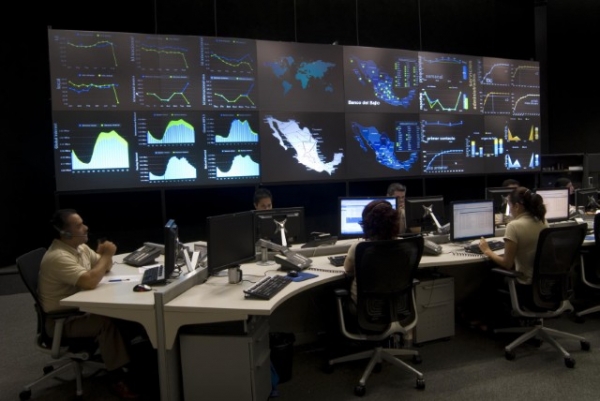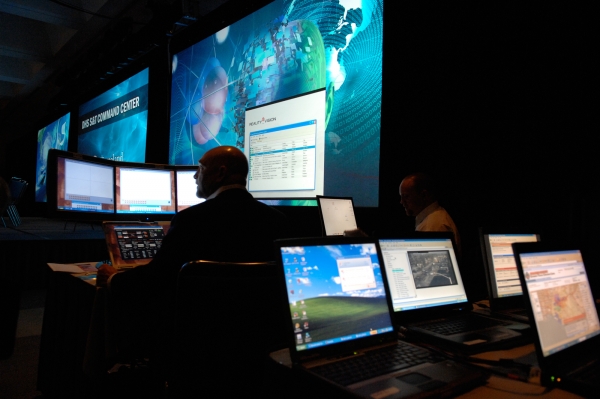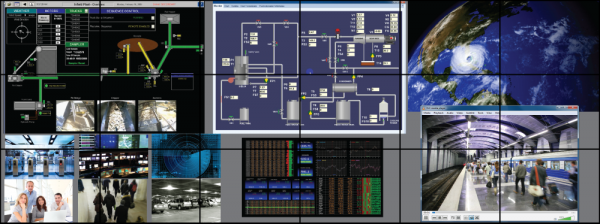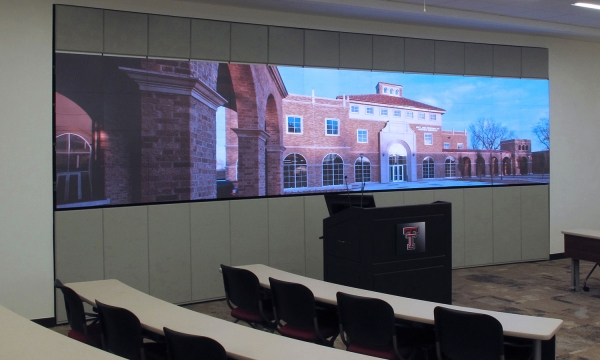Latest Press Release
News Search

This is Part 5 of a video processing technology training series extracted from RGB Spectrum's Design Guide.
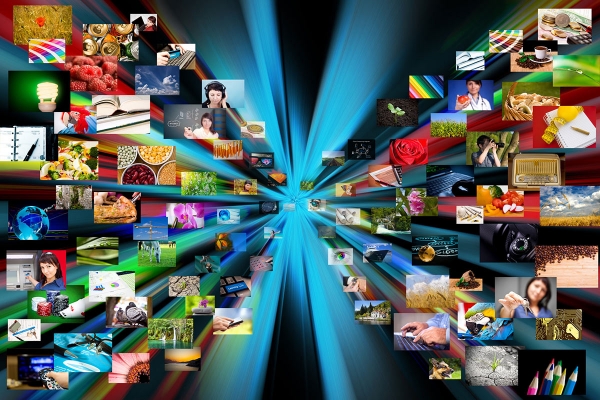
Digital technologies have revolutionized the way we work with both audio and video signals. However, representing information as groups of binary numbers requires an enormous amount of computing power, specifically memory capacity and processing capability. These requirements become especially challenging when audio and video signals are involved, because massive amounts of data are necessary to translate the characteristics of sound and light into bits.

One issue that impacts both commercial users and consumers alike is how to protect and display copyrighted material. Because digital content can be copied and played back with a quality level equal to the original source, it’s possible to make copies to sell or re-broadcast this content without providing compensation to the original source providers.
